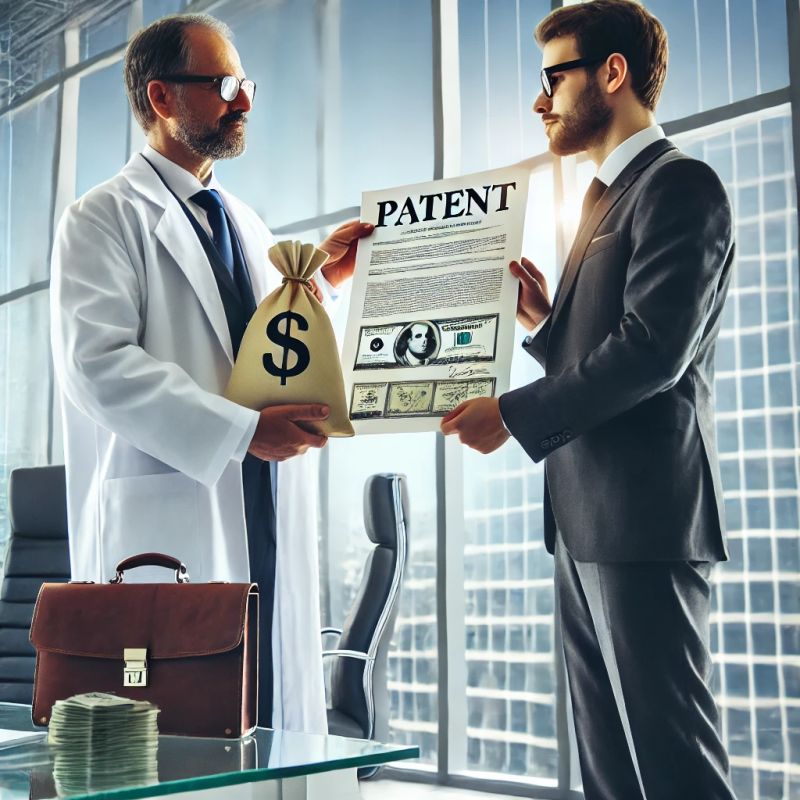In food-tech and agri-innovation, collaborations often start with something simple — a sample.
A potential partner, or sometimes a competitor, might offer “a small batch for testing,” “a few grams of reference material,” or “just a taste to benchmark.”
It sounds harmless — even practical. But from an IP perspective, that “sample” can be a Trojan Horse — one that carries patent contamination risks, trade secret exposure, and freedom-to-operate complications.
Understanding these hidden dangers and setting clear internal protocols before accepting any materials is essential for protecting your company’s intellectual property and future innovation.
Why Competitor Samples Are Risky
When you receive a competitor’s sample, you’re no longer in a neutral position.
That material carries their technology, their trade secrets, and possibly their patents-in-the-making.
If your R&D team analyzes it, characterizes it, or even stores it in your lab — you’ve now exposed your company to a minefield of potential risks:
- Contamination of IP purity – If your researchers use the insights gained from that sample, even unintentionally, those ideas can “taint” your future patents. Suddenly, your inventions risk being seen as derivative.
- Alleged misuse of confidential information – If the competitor claims the sample was provided under confidentiality (even if informally), you might be accused of misappropriation or “reverse engineering” without consent.
- Freedom-to-operate risks – Analyzing their sample might reveal you’re working in overlapping patent territory. Once you “know,” it’s harder to argue independent development later.
- Ethical and reputational damage – In a small ecosystem like alternative proteins or cellular agriculture, even a hint of impropriety can damage trust with investors, partners, or regulators.
The Trojan Horse Analogy
Just like the Trojans who wheeled in a beautiful “gift” only to find soldiers hidden inside — a competitor’s sample can appear helpful while concealing strategic dangers.
The gift is knowledge
The hidden threat is IP contamination.
What Should a Smart Company Do?
- Set a clear policy – Decide upfront: Will you ever accept samples from competitors? Under what conditions? With what documentation?
- Loop in your IP director early – Don’t let your R&D or BD team make that call alone. An IP professional can define boundaries, draft disclaimers, and ensure traceability.
- Keep R&D “clean” – If the sample must be analyzed, do it under a controlled project with clear separation from ongoing development.
- Document everything – Record who received it, what was tested, and confirm no confidential data migrated into your own product lines.
In many cases, refusing a “free sample” is not paranoia — it’s protection.
Conclusion
As a fractional IP director, I often help startups establish internal “clean lab” protocols and decision trees for such situations.
Because sometimes, the most dangerous Trojan Horse doesn’t arrive in code — it arrives in a chilled box.
Key Takeaways:
- Establish sample acceptance policies upfront – Define clear rules for if and when competitor samples can be accepted, with required documentation and approvals
- Maintain R&D separation and documentation – Analyze external samples under controlled conditions separate from ongoing development work to preserve IP purity
- Involve IP expertise in the decision – Consult an IP professional before accepting any competitor materials to assess risks and establish protective measures






